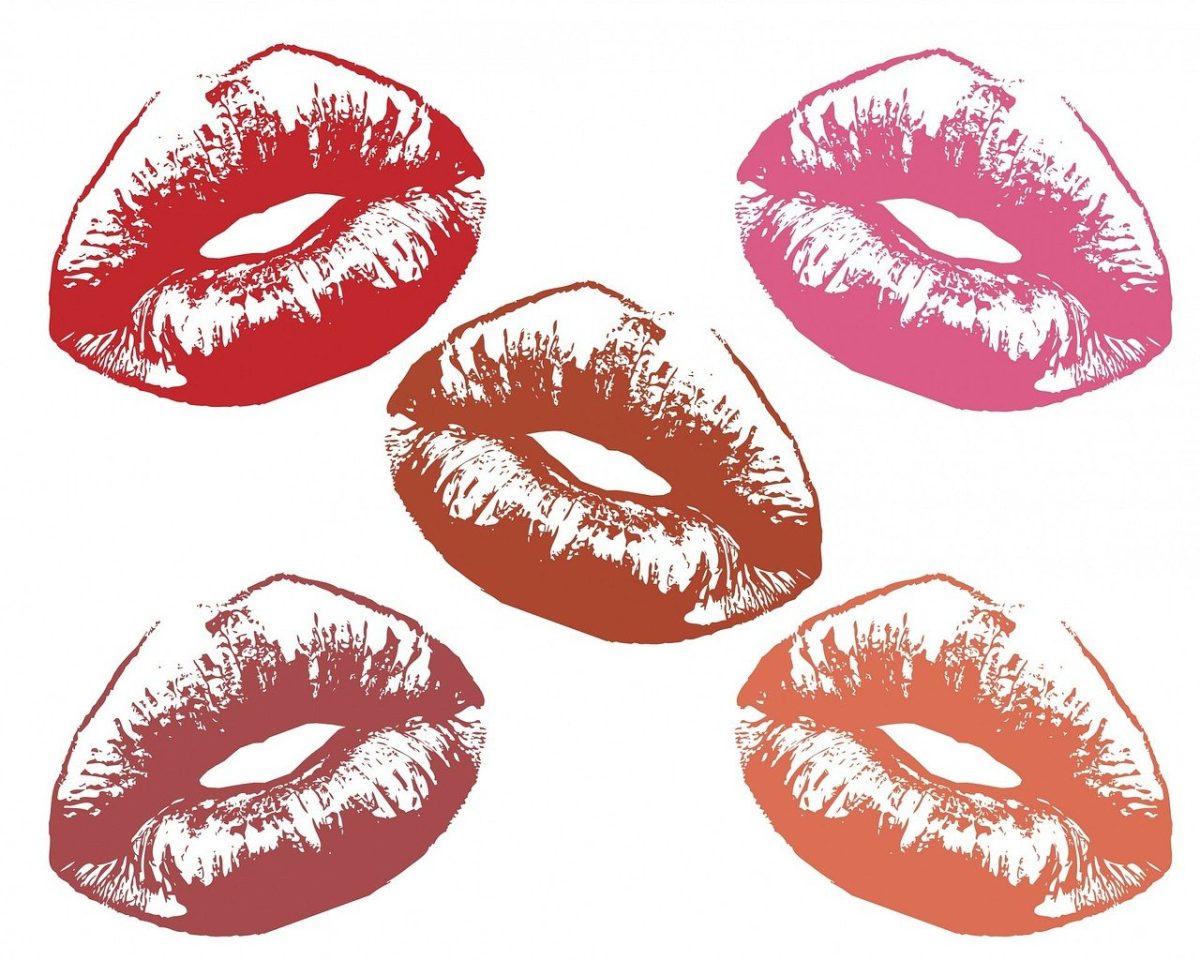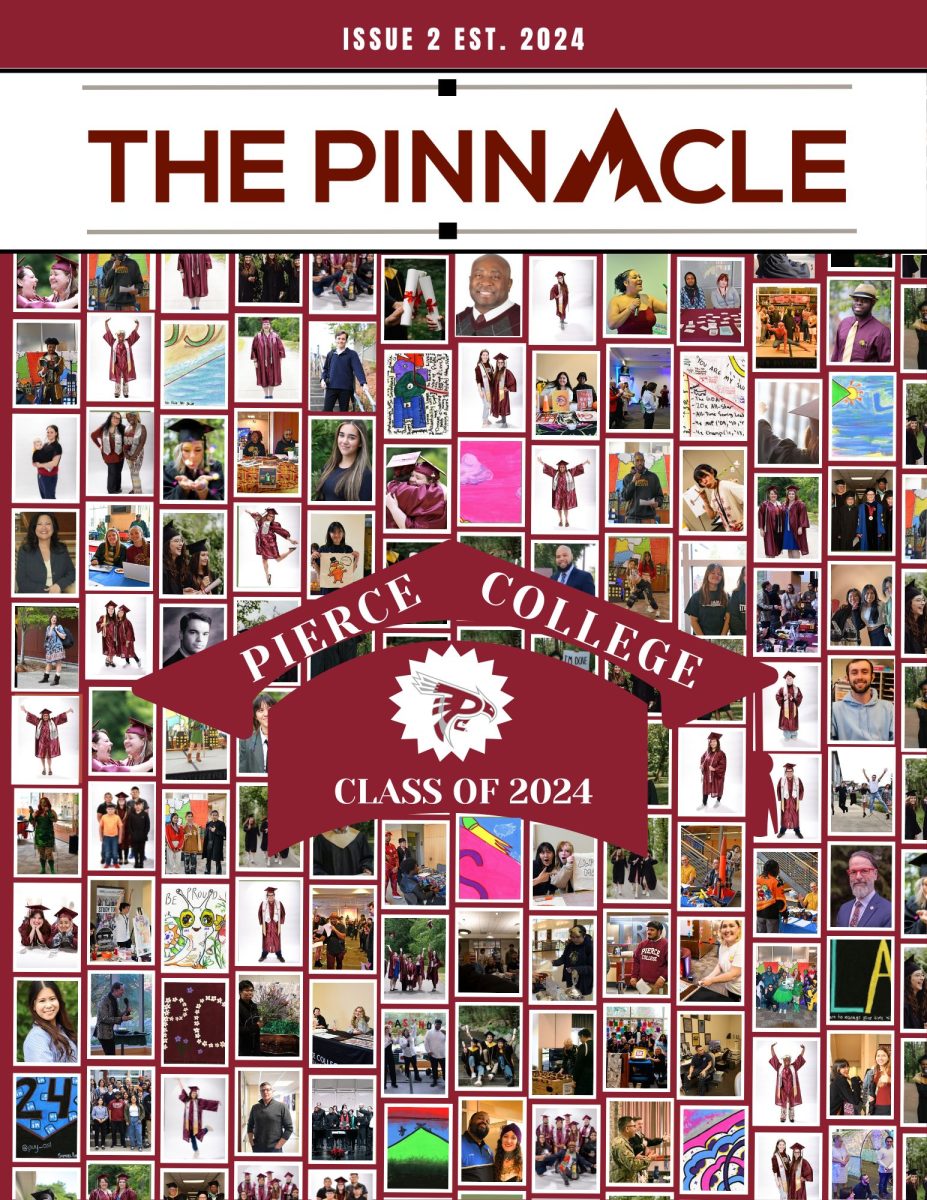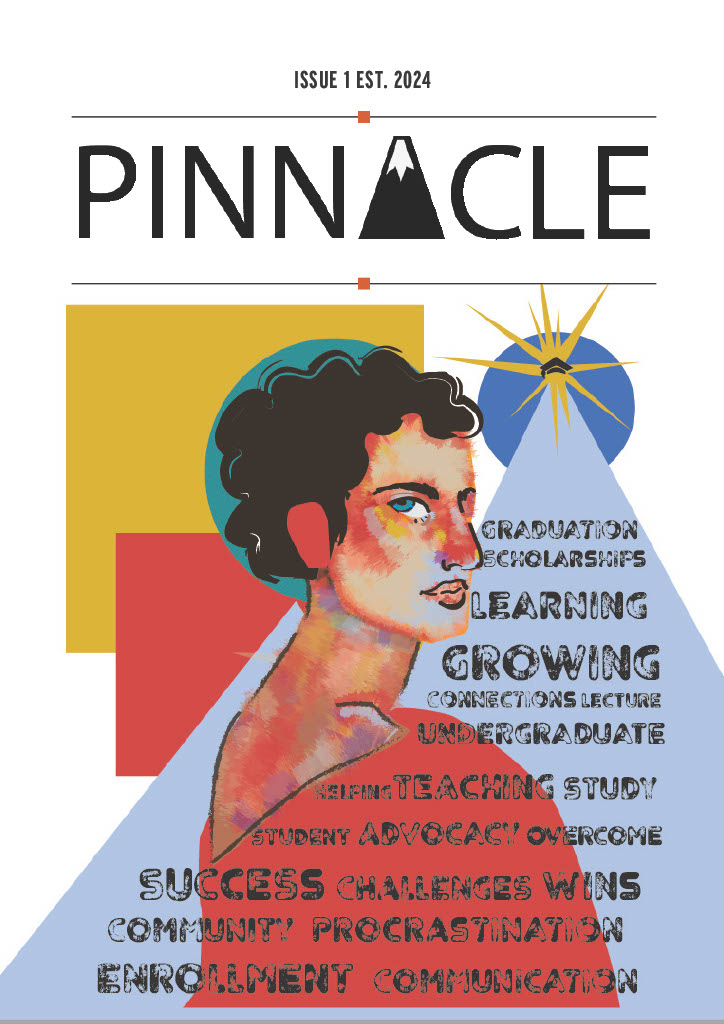The 1970s was an era of profound change
Americans saw an emergence of various groups representing their views,
beliefs and frustrations. This decade called for expression through fashion,
music and most importantly, makeup. From vibrant colors, heavy eye makeup,
voluminous lashes and a bold lip color, these products served as tools for self-expression and a bold statement. Prevalent styles in the 1970s were influenced
by hippie movement, disco fashion and punk music. Each was unique in their
own way and continue to inspire people to this day.
“Makeup is a form of art.
Like an artist’s painting, our
face is our canvas.”
– Marie-Louise Coster
Punk Movement
The punk era is commonly described as a reaction to the social and economic conditions of the time. Punks express themselves through makeup as a form of rebellion, anti-establishment sentiment, and self-expression. The punk community’s commitment to non-conformity is often reflected in its fashion choices, including makeup. Anti beauty standards were highly practiced during this movement as well. This emergence first took place in the United Kingdom in the early 1970s and continues to grow worldwide.
Punk Icon: Poly Styrene, Rock’s Original Riot Grrrl
Poly Styrene was the first woman of color to lead a successful punk rock band in London. The band was called X-Ray Spex, and it’s 1977 single,“Oh Bondage, Up Yours!” represented a high energy punk anthem. Styrene used bold makeup with bright colors and flashy shapes to express herself. She included dark eyeshadow, a bold lip color, thick eyeliner and mismatched eyebrows, one of them being a bright shade of pink. Styrene was known for displaying her orthodontic braces on television, challenging beauty norms at the time.
It’s important to note that punk fashion was unisex, another form of rebellion toward gender roles and beauty standards. The punk movement wasn’t just about clothes and makeup, but it also represented political beliefs. With a combination of bold looks and loud voices, it was clear individuals weren’t afraid to express such views. Unpolished and rebellious was the standard, rejecting the more “glamorous” looks. There wasn’t a requirement to be polished or pretty and imitating the masses was an added bonus.
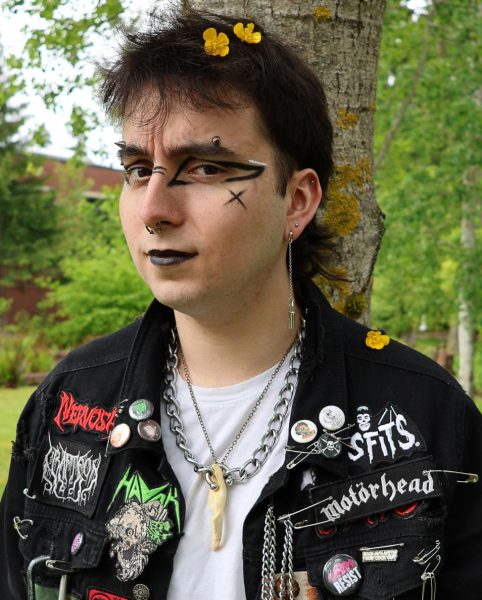
Punk aesthetics and fashion are more mainstream now but can still serve as a form of rebellion, expression, individuality and even escapism. While makeup is more polished and refined, even incorporating neon eyeshadows and hair dye, the statements and intent behind the label as a punk can still be applied in today’s climate.
Punk rock remains relevant today as it’s unfiltered voice of dissent in a world teetering on the edge of chaos. It continues to evolve and thrive in contemporary culture, impacting music, fashion, art and social activism. Even in 2025, punk remains as a cultural revolution for disillusioned and frustrated individuals. When situations are falling apart, drawing on the eyeliner and attending a local punk show allows for expression and individuality.
“People such as myself wear makeup as a form of expression… something I do to connect myself, a time out of the day for me.”
-Marie-Louise Coster
Disco
As both a genre and a subculture, disco was the most popular in the 1970s, contributing to the decade’s reputation for freedom, fun, funk and fashion. Musicians incorporated synthesizers, electric instruments and upbeat rhythm. Because disco was so unique and otherworldly, it offered communities a safe space to celebrate love and liberation. This was an opportunity to find people who looked like them, thought like them and most importantly, danced like them.
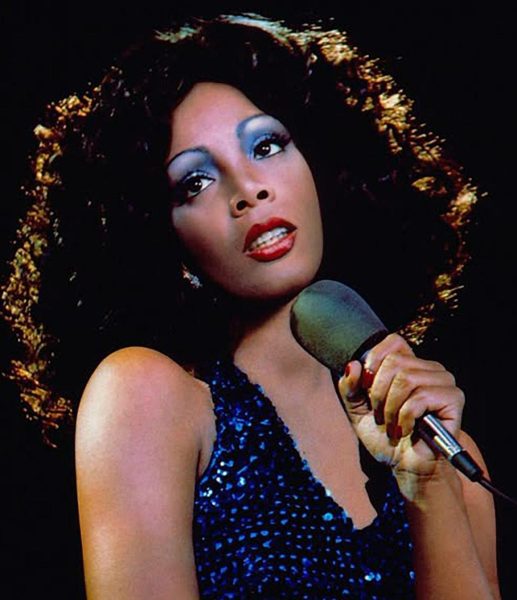
This movement was especially liberating for the LGBTQ+ community. In the 1970s, queer folks experienced oppression in every aspect of their lives, however, disco became an outlet and a safe place for the queer community. For many, being queer came with a responsibility to look out for each other, and disco was one way to do that. Diana Ross recorded “I’m Coming Out,” which became an anthem for the LGBTQ+ community.
The song was originally released in 1980, however, Ross originally recorded the song in 1979. It represented a time for liberation and freedom of expression, all while looking glamorous. While the outside world aimed to reject these individuals, nightclubs such as Studio 54 offered community and escapism. Sometimes all one can do in a crisis is put on glitter and dance. Shimmer and glitter were essential to achieve this popular look at the time. A bronzed face met with long voluminous eyelashes, a metallic color palette and bright colorful eyeshadows. Such as blue, green, purple and gold.
 Finally, a nude red lip shade with a touch of shimmer. While disco may not be the primary discussion of today’s trends, there are still artists who make disco music with a modern twist. Dua Lipa is one musician that highlights the cultural impact of the disco movement and celebration of the LGBTQ+ community.
Finally, a nude red lip shade with a touch of shimmer. While disco may not be the primary discussion of today’s trends, there are still artists who make disco music with a modern twist. Dua Lipa is one musician that highlights the cultural impact of the disco movement and celebration of the LGBTQ+ community.
The Hippie Lifestyle
Birthed from the ’60s, and ’70s, was the hippie lifestyle, a countercultural movement that rejected mainstream America. The movement originated on college campuses in the U.S. and eventually spread to other countries, including Canada and Britain. From 1955 to 1975, the movement arose as opposition to the Vietnam War. Hippies were not often engaged in politics and lived a pacifist lifestyle. They coined the saying, “Make Love Not War” in response. This movement included antiwar protests and marches and the development of the environmental movement, resulting in the first Earth Day 1970.
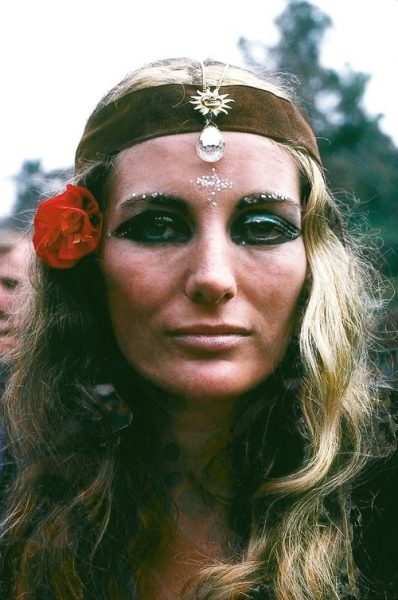 Hippies have continued to influence on the wider culture, including more sex-positive attitudes new concern for the environment and lessening of formality. Hippies were also known for their unique style, favoring long hair and and casual, often unconventional dress. By today’s standards, hippie attire and practices have entered mainstream culture. Explorations outside the nuclear family structure resulted in a rethinking of gender and sexuality. Hippies created their communities often outside in nature, a formal rejection of traditional American lifestyles and embraced the sexual revolution that was taking place at the time.
Hippies have continued to influence on the wider culture, including more sex-positive attitudes new concern for the environment and lessening of formality. Hippies were also known for their unique style, favoring long hair and and casual, often unconventional dress. By today’s standards, hippie attire and practices have entered mainstream culture. Explorations outside the nuclear family structure resulted in a rethinking of gender and sexuality. Hippies created their communities often outside in nature, a formal rejection of traditional American lifestyles and embraced the sexual revolution that was taking place at the time. 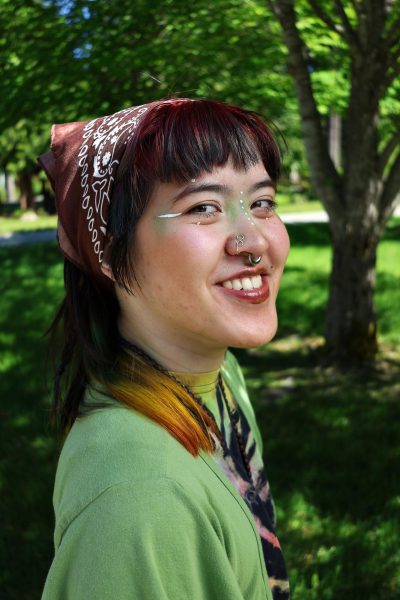
Activism for environmentalism, social justice and peace remain important to modern hippies. As for the makeup, a more natural look was the primary goal, while incorporating earthy colors for the eyeshadow, such as greens, browns and soft blues. There was minimal eyeliner and a light pink or peach blush added a subtle glow. Soft natural lips were also preferred, sometimes with a hint of color.
“I always had a repulsive sort of need to be something more than human.”
-David Bowie
Expression to Fight Oppression
What all of these themes have in common is forms of expression. Each subculture has a message and a purpose. While makeup may be bolder and more refined, there continues to be an appreciation for the original looks. While these creations are decades apart, similarities can be applied to the modern canvas-faces. The 1970s was a decade for profound change and reshaped societal norms, subcultures such as punk, disco and hippie, set the blueprint for expression and rebellion. Comparing each group and style isn’t supposed to hover a magnifying glass over the perception of “which one is better?”
Instead, the comparisons are meant to convey an appreciation of what the era represented at the time, and how those those beliefs are practiced today. In the 1970s, it wasn’t common to see a punk at a disco club, and there would be an uproar between the two. However, in today’s society there is an understanding that everyone is striving for the same goals while expressing their frustration, values and even love.
There’s more to makeup than one might think. For many people, it’s a tool for self-expression, confidence and even a shield against the oppressors of life.

